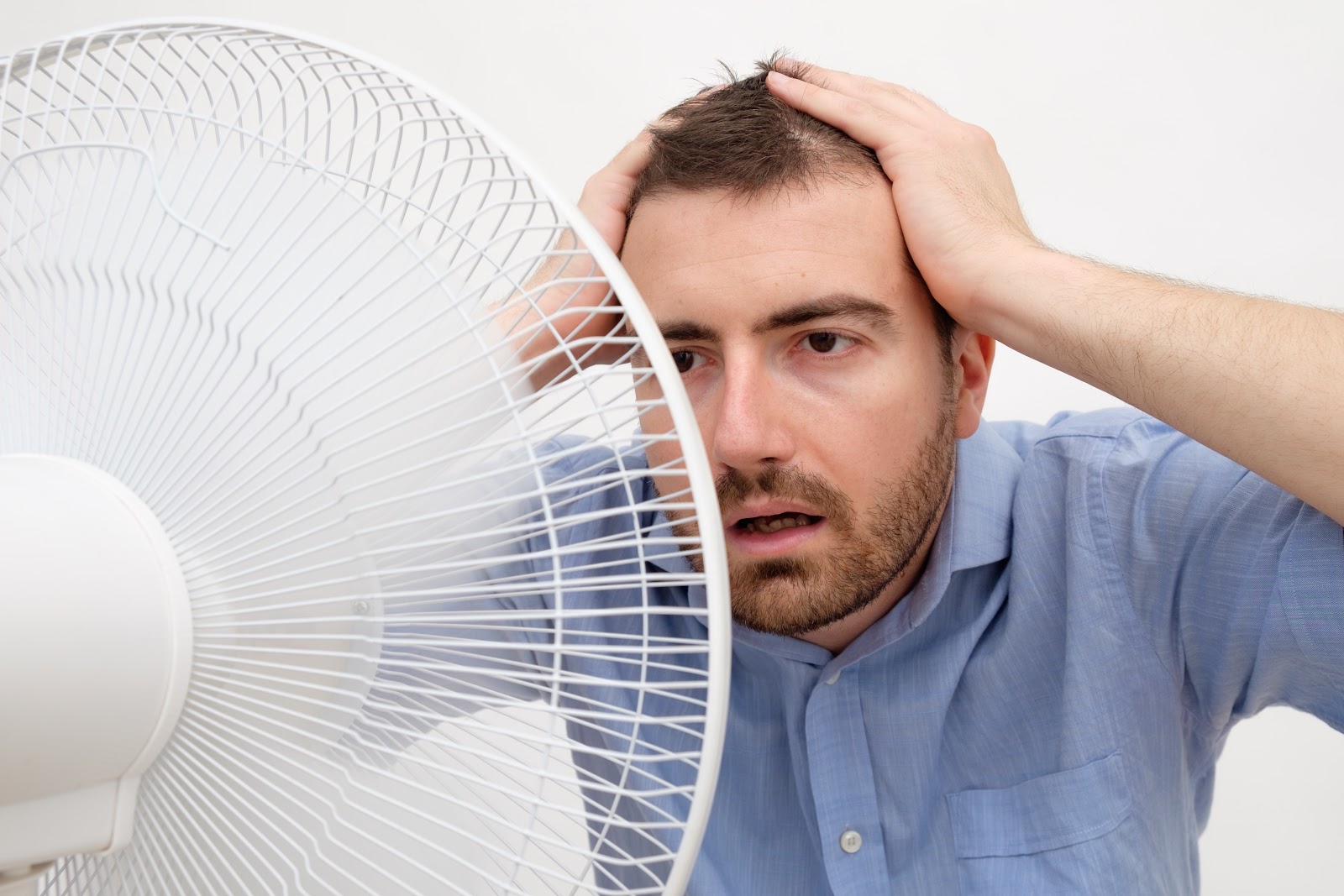Extreme heat can pose serious health risks and challenges, especially during the summer months. Heat-related problems, such as heat exhaustion, heat stroke, and dehydration, can affect anyone, but certain groups like the elderly, children, and those with chronic illnesses are more vulnerable. Understanding these problems and how to effectively manage and prevent them is crucial for maintaining health and well-being during hot weather.
Common Heat-Related Problems
1. Dehydration
Problem: Dehydration occurs when the body loses more fluids than it takes in, which can be exacerbated by excessive sweating during hot weather. Symptoms include thirst, dry mouth, dark urine, dizziness, and fatigue.
Solution:
- Stay Hydrated: Drink plenty of water throughout the day, even if you don’t feel thirsty. Avoid drinks that can cause dehydration, such as alcohol, caffeine, and sugary beverages.
- Eat Water-Rich Foods: Incorporate fruits and vegetables like watermelon, cucumber, and oranges into your diet.
- Use Electrolytes: Sports drinks can help replenish electrolytes lost through sweat, but be mindful of their sugar content.
2. Heat Exhaustion
Problem: Heat exhaustion is a condition resulting from prolonged exposure to high temperatures, particularly when combined with high humidity and strenuous physical activity. Symptoms include heavy sweating, weakness, cold, pale and clammy skin, fast but weak pulse, nausea or vomiting, and fainting.
Solution:
- Cool Down: Move to a cooler place, preferably an air-conditioned area. If that’s not possible, find a shaded spot.
- Hydrate: Drink water or sports drinks slowly to help rehydrate.
- Rest: Lie down and elevate your feet to promote blood flow to your heart.
- Cool Your Body: Use wet cloths, take a cool shower, or apply ice packs to your wrists, neck, and forehead.
3. Heat Stroke
Problem: Heat stroke is a severe, life-threatening condition that occurs when the body becomes unable to control its temperature. Body temperature can rise to 106°F (41°C) or higher within 10 to 15 minutes. Symptoms include a high body temperature, hot, red, dry or damp skin, rapid and strong pulse, headache, dizziness, nausea, confusion, and unconsciousness.
Solution:
- Immediate Medical Attention: Call 911 or emergency services immediately if you suspect heat stroke.
- Cool the Person: Move them to a cooler environment and try to lower their body temperature with cool clothes or a cool bath.
- Hydrate with Care: If they are conscious and able to drink, provide cool water. Avoid giving sugary, caffeinated, or alcoholic beverages.
- Monitor Symptoms: Stay with the person and monitor their condition until help arrives.
4. Heat Cramps
Problem: Heat cramps are muscle spasms that occur during or after intense exercise in high temperatures. They are often caused by dehydration and electrolyte imbalances.
Solution:
- Hydrate: Drink water and a sports drink that contains electrolytes.
- Rest: Stop all activity and sit quietly in a cool place.
- Stretch and Massage: Gently stretch and massage the cramped muscles.
5. Sunburn
Problem: Sunburn is a skin injury caused by excessive exposure to ultraviolet (UV) rays from the sun. Symptoms include red, painful, and swollen skin that may blister and peel.
Solution:
- Protect Your Skin: Use a broad-spectrum sunscreen with an SPF of 30 or higher. Reapply every two hours, or more often if swimming or sweating.
- Cover Up: Wear protective clothing, a wide-brimmed hat, and sunglasses.
- Seek Shade: Limit your time in direct sunlight, especially during peak hours from 10 a.m. to 4 p.m.
- Soothe Sunburn: Apply aloe vera, moisturizers, or over-the-counter hydrocortisone cream to affected areas. Stay hydrated and avoid further sun exposure until healed.
Preventive Measures for Heat-Related Problems
1. Stay Informed
Solution:
- Weather Alerts: Pay attention to weather forecasts and heat advisories.
- Plan Activities: Schedule outdoor activities during cooler parts of the day, such as early morning or late evening.
2. Dress Appropriately
Solution:
- Light Clothing: Wear lightweight, loose-fitting, and light-colored clothing to help keep cool.
- Sun Protection: Use hats, sunglasses, and sunscreen to protect against UV rays.
3. Create a Cool Environment
Solution:
- Air Conditioning: Use air conditioners or fans to cool down indoor spaces.
- Natural Ventilation: Open windows during cooler times of the day and use curtains or blinds to block out heat during the hottest parts of the day.
- Cool Baths/Showers: Take cool baths or showers to lower body temperature.
4. Educate and Support Vulnerable Groups
Solution:
- Check on Others: Regularly check on elderly neighbors, relatives, and others at higher risk.
- Educate: Teach children about the importance of hydration and recognizing signs of heat-related problems.


Leave a Reply